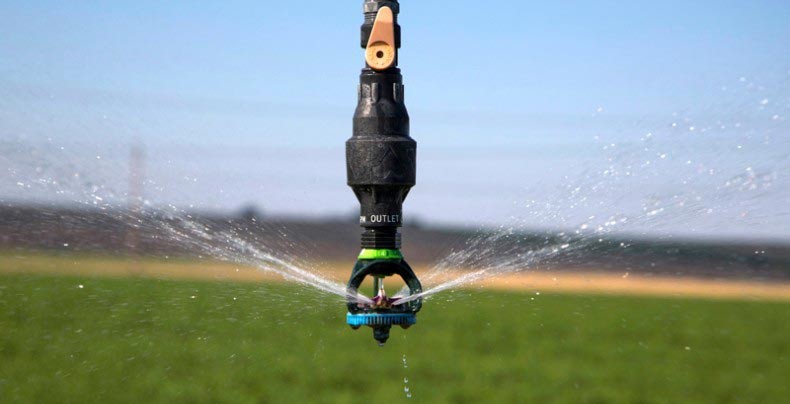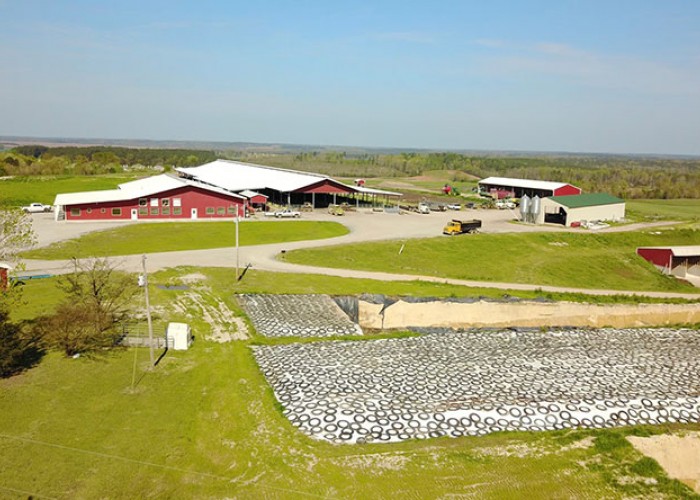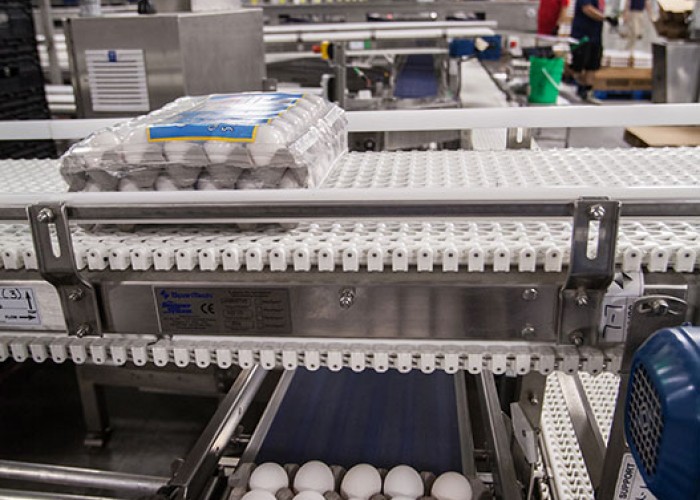Energy Efficient Farming Equipment
New tech can result in big energy savings
By Miranda Boutelle | Photos courtesy of Bonneville Power AdministrationIrrigation equipment can be upgraded to use less water, which means less pumping and less energy consumed.
The importance of farms cannot be understated. Farmers feed our families and keep the country running.
In North Carolina, farms generate more than $90 billion annually and provide jobs to one in six North Carolinians. But the business brings many challenges, including risk and uncertainty. Finding ways to use less energy can reduce costs and result in energy savings for years to come.
When looking to improve farm efficiency, consider the following areas.
Motors and pumps

Variable frequency drives allow you to vary the frequency and voltage supplied to the motor or pump to adjust the motor’s speed.
Because motors and pumps account for a significant amount of energy use on a farm, replacing inefficient motors with efficient models can save energy and reduce costs. Adding variable frequency drives (VFDs) allow you to vary the frequency and voltage supplied to the motor or pump to adjust the motor’s speed. This saves kilowatt hours and reduces load by only operating at the needed capacity. VFDs can be used in place of a phase converter, which allows use of three-phase power equipment where there is only access to single-phase power. North Carolina’s electric cooperatives have piloted a new technology that eliminates the need for a phase converter and VFD when using motors on single-phase power.
Irrigation
Upgrade irrigation equipment to use less water, which means less pumping and reduces the amount of water and energy consumed. The goal is to get the right amount of water where it is needed. This can be accomplished by reducing evaporation through system design and fixing leaks in the system. GPS and geographic information system technologies allow for more specific irrigation targeting. Monitor and test systems regularly to ensure maximum efficiency.
Lights
The longer lights are on, the higher the potential for savings. Prioritize replacing incandescent or fluorescent exterior lighting on photocells or lights that stay on all night. LED lights last two to four times longer than fluorescents and 25 to 35 times longer than incandescents. That means less frequent replacement, which saves on materials and labor costs.
Heater controls
In climates where engine block heaters are used to keep vehicle engines warm enough to start, adding engine block heater controls with temperature sensors and timers will reduce electricity use. To keep water from freezing on farms with livestock, save energy by using stock tank heaters with thermostatic controls, which operate only when needed instead of running constantly. Insulated stock tanks may eliminate the need to heat water.
Emerging technology
New farming technologies that offer efficiency possibilities include electric tractors, space heating and water heating. Equipment with information technology capabilities can aid efficiency by monitoring conditions and automating farming tasks. As with home efficiency practices, consider the equipment used most and the savings potential from upgrading or modifying existing equipment.
Improving efficiency on the farm can result in less energy use, lower bills and improved farming success during challenging financial times.
About the Author
This column was written by Miranda Boutelle of the Efficiency Services Group. Visit CarolinaCountry.com/your-energy for more ideas on energy efficiency.-
More about co-ops and agriculture
-
Share this story:








Comments (1)
Ken Smith |
February 12, 2023 |
reply